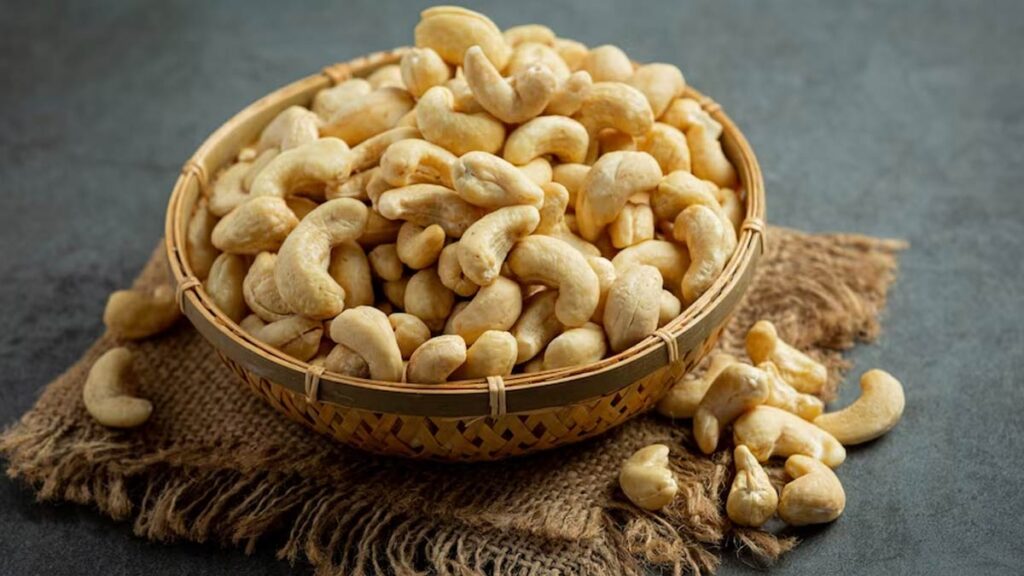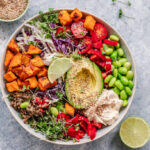
Top Low-Calorie food, Why protein is important for you? High Protein Foods in Proteins are large and complex molecules that are important for the structure, function, and regulation of the body’s tissues and organs. Protein is one of the three macronutrients, with carbohydrates and fats, required for a good and balanced life. To lead a healthy life it is very important to consume a advised amount for normal and healthy life.
Protein is crucial for overall health, regulating bodily functions like metabolism, growth, and development, maintaining fluid balance, supporting immune function, and regulating blood sugar levels, while also building muscle tissue and reducing inflammation in the body. Protein-rich diets support overall health and reduce chronic diseases risk, especially for physically active people, pregnant or breastfeeding women, and those recovering from illness or injury.
Diet rich in proteins are good for weight management and people trying to loose some weight or trying to have a lean body then incorporating more protein in your diet then do the trick for you. High-protein diets improve satiety and reduce calorie intake by regulating hunger hormones and having a higher thermogenic effect. They also help preserve lean muscle mass during weight loss, supporting metabolic rate and muscle preservation. Incorporating protein-rich foods into meals supports weight loss efforts and long-term weight management.
In this article, we’ll be discussing foods that are high in protein content and low in calories so that you can incorporate them into your diet. By consuming these foods you can loose weight effectively without losing muscle content in the body. Protein, with its higher thermic effect, provides essential nutrients and energy for digestion, ensuring a sustainable weight loss journey.
1.Chicken

Chicken meat is a highly nutritious and popular protein source globally. It can enhance muscle mass and aid in weight maintenance when incorporated into a balanced diet, providing numerous health benefits, including improved muscle mass.
Chicken meat is a protein dense source food that aids in muscle growth, weight loss, and bone health. Its high protein content supports muscle growth and repair, making it a popular choice for people who are trying to manage their weight. Protein-rich foods promote satiety, reducing overall calorie intake. Additionally, chicken’s phosphorus content supports healthy bones and teeth.
If you’re trying to lose weight then you should have knowledge that protein content in chicken varies depending on the part of the chicken and how it is prepared and cooked. In this article we’ll discuss the cuts of the chicken and how much protein content is present in it.
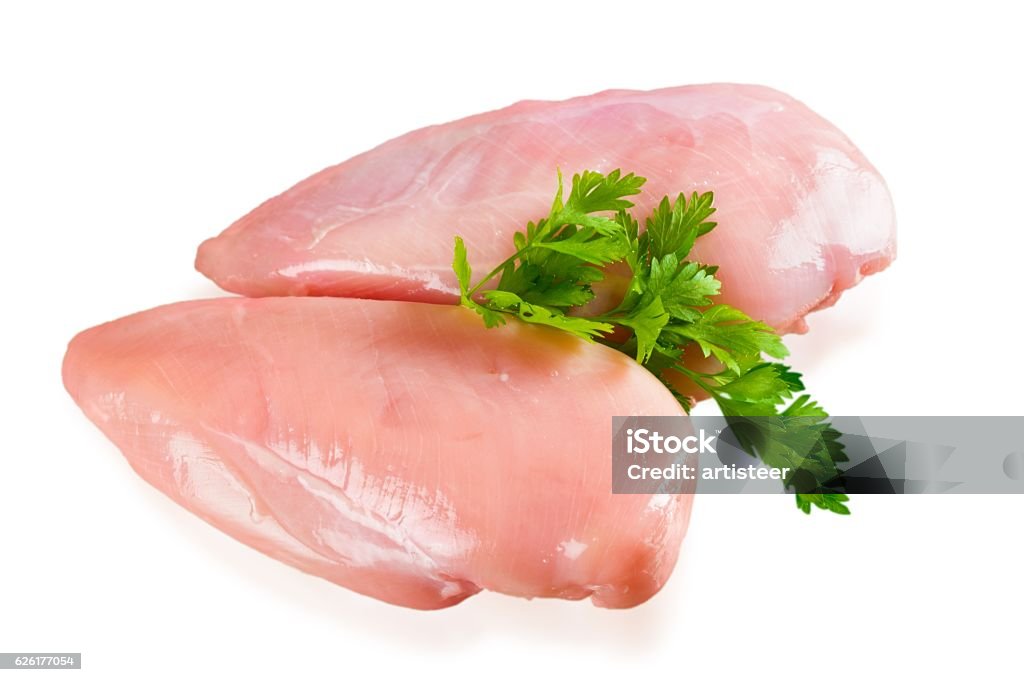
- Chicken Breast
Chicken breast, a popular protein source, provides approximately 31 grams of protein per 100 grams of cooked, boneless, skinless chicken breast.
- Chicken Thigh
Chicken thighs, both skinless and bone-in, are a rich source of protein, but contain more fat than chicken breast, providing approximately 26 grams of protein per 100 grams cooked.


- Chicken Drumstick
Chicken drumsticks are a protein-rich source, but have more fat content than chicken breast. Cooked skinless drumsticks provide 28 grams of protein per 100 grams, while skin-on drumsticks offer 18 grams.
- Chicken Wings
Chicken wings are popular and flavorful part of chicken it provides a good amount of protein, with skinless wings containing around 30 grams and skin-on wings around 27 grams per 100 grams.


- Chicken tenders
Chicken tenders or tenderloins are also a high protein part of the chicken. Tenderloins hat are cooked and skinless, provide approximately around 28 grams of protein per 100 grams.
- Chicken Gizzard
Chicken Gizzard is one of the in famous part of the chicken that people usually tend to discard off, but tis piece of meat have high protein content in them. Cooked Chicken Gizzards provide approximately 30 grams of protein per 100 grams.

Opting for the right the cooking method for chicken is crucial for your weight loss. Trying healthier methods like grilling, baking, boiling, poaching, and steaming preserve protein in the meat while reducing added fats. Stir-frying is also a good option to reduce excessive calorie intake, but frying increases calorie and fat content. If your trying to maintain weight incorporating mostly skinless chicken, herbs along with spices, and healthy sides enhance its suitability.
2. Turkey

Turkey is a nutritious poultry source with high protein content which is also in essential nutrients like vitamins B6 and B12, and essential amino acids like niacin, phosphorus, and selenium, making it a valuable choice for who want to maintain their weight because of it’s high protein content and low calorie rate.
If you’re trying to lose a couple of pounds and looking for foods that is high in protein and less in fats and calories then this option is for you. Plus, Turkey is a protein-rich, low-fat option for weight management, providing muscle repair, growth, and long-lasting fullness, making it a calorie-conscious choice for weight loss.
Nutrient-dense foods like turkey can aid weight loss by providing essential nutrients for metabolism, energy production, and overall health. So, now were going to discuss some cuts and pieces of turkeys that are higher in protein content so that you can incorporate them into your diet and enjoy their benefits.

- Turkey Breast
Turkey breast is low-fat and high in protein, cooked and skinless cut, offers approximately 29 grams of protein per 100 grams, making it ideal for weight loss and muscle building.
- Turkey thigh
Turkey thigh, despite being slightly higher in fat than turkey breast, still offers a substantial amount of protein, with around approximately 24 grams per 100 grams.


- Turkey Wings
Turkey wing’s protein content depends upon cooked with or without skin, provide approximately 27 grams of protein per 100 grams, while skin-on wings have around 22 grams.
- Ground turkey
Ground turkey protein content varies based on lean-to-fat ratio and additives. Lean ground turkey contains 20-22 grams per 3ounce serving, while extra lean turkey has 22-24 grams.

To promote weight loss, use lean cuts like skinless turkey breast and minimize added fats. Try Oven-roasting turkey breasts with herbs and spices, ensuring internal temperature of 165°F. Serve with nutrient-rich sides, control portion sizes, and avoid high-calorie accompaniments for optimal results. Through these cooking operations people can effectively loose weight while enjoying the flavor and nutrients.
3.Beef

Beef is one of the most nutrient-dense food with many health benefits due to its high-quality protein contents and essential nutrients, including amino acids that support muscle protein synthesis and muscle mass maintenance.
Beef also have many health benefits along with being high in protein, it is rich in iron, zinc, B vitamins, and creatine, essential for hemoglobin formation, immune function, DNA synthesis, wound healing, and energy metabolism.
Beef is rich in B vitamins, B12, essential minerals, B12, and B12, which support energy production, metabolism, and immune system function. It also contains heme iron, zinc, phosphorus, magnesium, B12, and CLA, which contribute to heart health and weight management. Beef’s protein and fat also stabilize blood sugar levels, benefiting individuals with diabetes or insulin resistance. Now were going to discuss how much protein content is there in different cuts and potions of beef so it will help you contribute the right portions in your diet.

- Lean Ground Beef
Lean ground beef is a low-fat protein source, providing 25 grams of protein per 3.5-ounce serving. Cooked, it’s suitable for various dishes and maintains a low fat intake, making it a significant protein source.
- Eye of Round
Eye of round is a lean beef cut from the round primal cut, providing 30 grams of protein per 3.5-ounce serving, making it a nutritious addition to a healthy diet.


- Top Round
Top round, a lean beef cut similar to eye of round, offers 29 grams of protein per 3.5-ounce serving,
- Tenderloin
Beef tenderloin, known for its tenderness, texture, and mild flavor, is a popular choice for its 3.5-ounce serving, providing approximately 29 grams of protein.
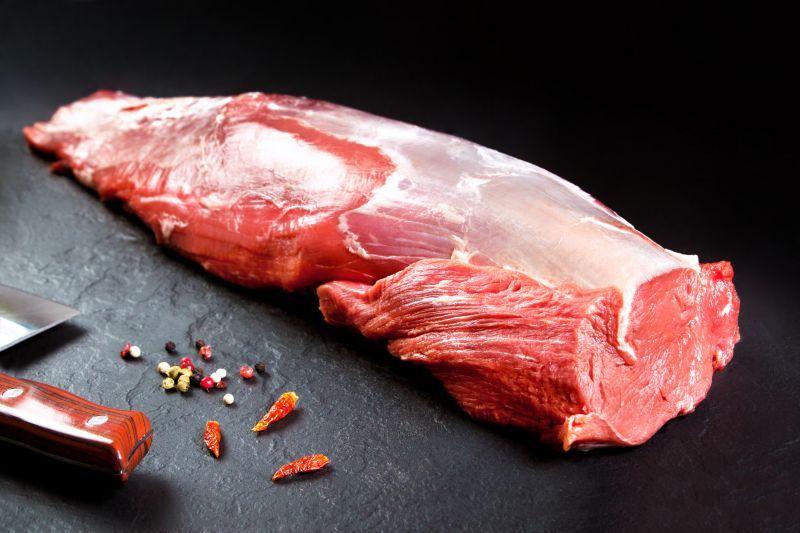
Cooking operations, particularly for beef, can aid in weight loss by reducing calorie and fat intake. Lean cuts, fat trimming, grilling, broiling, portion control, and minimal fat cooking techniques contribute to healthier beef dishes. Mindful eating and balanced meal preparation support sustainable weight loss goals.
4. Mutton

Mutton protein is high-quality, containing essential amino acids for tissue repair, immune function, and enzyme and hormone synthesis. It provides 25-30 grams of protein per 3-ounce serving, complemented by essential nutrients.
Mutton is a high-quality protein source, containing essential amino acids essential for tissue repair, immune function, and enzyme and hormone synthesis. Its protein content is high, providing essential amino acids for muscle repair, immune function, energy metabolism, and antioxidant defense. Mutton’s nutrient profile makes it a valuable part of a balanced diet, and incorporating lean cuts and healthy cooking methods can enhance its nutritional benefits, contributing to overall health and well-being.
Mutton protein can aid weight loss by promoting satiety and reducing appetite, controlling calorie intake, and boosting calorie expenditure through thermic effect. Protein-rich foods like mutton require more energy for digestion, promoting a slight increase in calorie expenditure. Additionally, protein preserves lean muscle mass during weight loss, primarily from fat stores, promoting long-term weight management.

- Mutton Leg
Mutton leg protein content varies based on leg size, cut, and bone content. On average, a cooked mutton leg provides 22-25 grams of protein per 3-ounce serving, but this is approximate.
- Mutton Loin
Mutton loin is a high-quality protein source, providing 25-28 grams of protein per 3-ounce serving, containing all essential amino acids for physiological functions.


- Mutton Shoulder
Mutton shoulder, a cooked meat, provides 20-25 grams of protein per 3-ounce serving, aiding in muscle mass building and weight loss.
- Mutton Ribs
Mutton ribs protein content varies based on cut, cooking method, and bone-in or boneless ribs. On average, a 3-ounce serving provides 15-20 grams of protein.
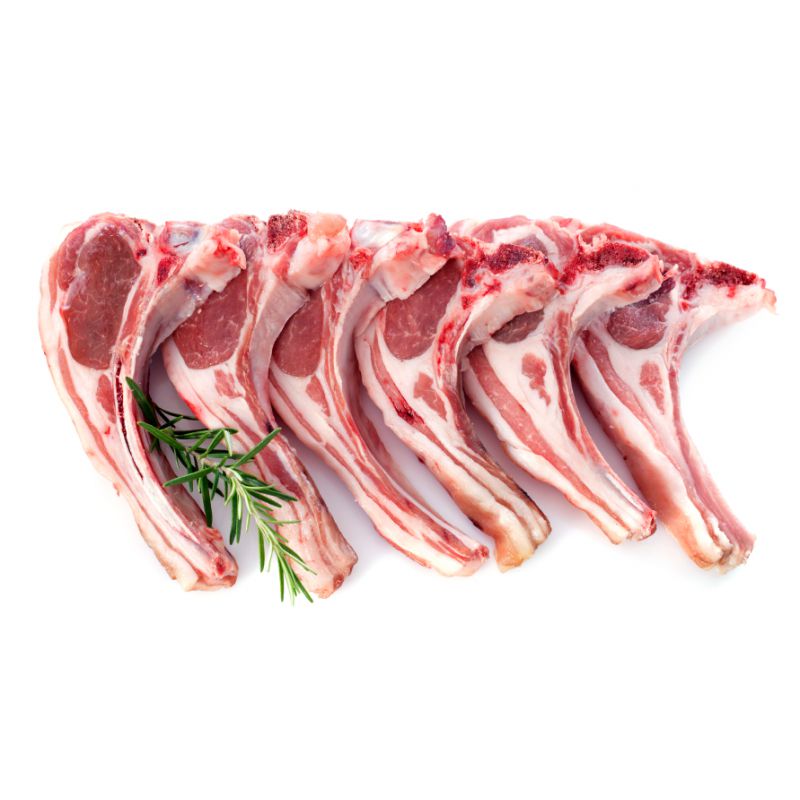
Cooking methods can impact the calorie content and health of mutton dishes, influencing weight loss efforts. Grilling or roasting without added fats can lower calorie content, while stewing or braising can be healthy if prepared with lean cuts and minimal added fats. Boiling or steaming mutton retains its natural flavor and nutrients without adding extra calories. Trimming visible fat before cooking can reduce calorie content, and incorporating lean cuts like loin or leg can help manage fat and calorie intake. Balancing mutton with vegetables and whole grains can also support weight loss goals.
5. Seafood
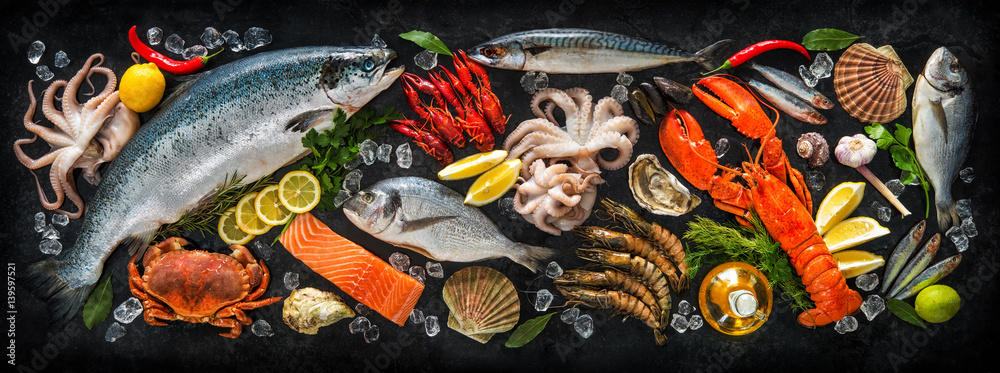
Seafood is a rich source of protein, healthy fats, essential vitamins and minerals, and low in saturated fat. Its rich in omega-3 fatty acids, like salmon, mackerel, and trout, support heart health, reduce inflammation, and improve brain function. Seafood’s low calorie content makes it an ideal choice if you want to for weight management or calorie reduction.
Fish is a rich source of protein, essential for muscle health, heart health, brain function, inflammation reduction, weight management, and overall health. Its omega-3 fatty acids, particularly EPA and DHA, are known for their heart-healthy properties. Fish protein supports optimal brain function, aiding in memory, focus, and cognitive performance. Its anti-inflammatory properties can alleviate symptoms of inflammatory conditions like arthritis. Fish is also rich in essential nutrients, including vitamins D, B12, selenium, iodine, and minerals. Fatty fish like salmon and tuna are rich in omega-3 fatty acids, supporting vision and skin health.
Fish and other types of seafood are rich in nutrients and packed with healthy protein that is good for mainly most of the body function especially if your on a weight loss journey this can be an ideal protein option. Now we’ll discuss some of the protein sources in seafood.

- Tuna
Tuna, a popular seafood, is known for its high protein content and numerous health benefits. It provides all nine essential amino acids, making it an excellent source of protein, with approximately 28 grams per 3-ounce serving, making it an ideal choice for daily protein needs.
- Salmon
Salmon, a delicious and nutritious food, provides 22-25 grams of protein per 3-ounce serving, contributing to overall health and well-being.


- Shrimp
Shrimp, a popular seafood choice, is rich in protein, with an average 3-ounce serving providing 18-20 grams of protein.
- Tilapia
Tilapia, a low-calorie and protein-rich food, is a nutritious option for those looking to increase protein intake while managing calorie intake. Cooked tilapia provides 21-23 grams of protein per 3-ounce (85-gram) serving.

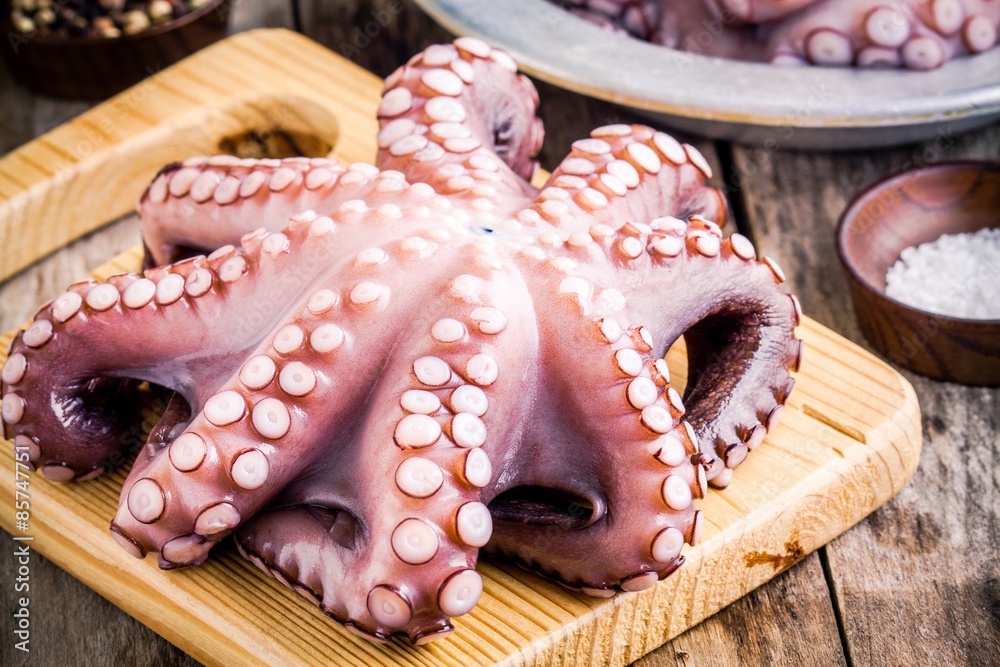
- Octopus
Octopus is a flavorful seafood option rich in protein, with an average 3-ounce serving providing 25-30 grams. Cooked octopus is low in calories and fat, making it a nutritious choice.
6. Eggs

Eggs are a staple in many diets due to their high-quality protein content, which contains all nine essential amino acids. They are rich in essential nutrients like vitamins A, D, E, B vitamins, iron, phosphorus, and selenium, and healthy fats like omega-3 fatty acids. Eggs are versatile and can be prepared in various ways, including boiling, frying, poaching, scrambling, and baking. They contribute to feelings of fullness and satiety, which can help curb hunger and support weight management.
Eggs also offer health benefits, supporting brain health, eye health, muscle development, and immune function. Consuming eggs as part of a balanced diet may reduce the risk of certain chronic diseases. However, it’s important to be mindful of portion sizes and cooking methods, as excessive consumption or high-fat preparations can add extra calories.
Eggs can aid weight loss, but it’s crucial to balance them with a balanced diet of fruits, vegetables, whole grains, and lean proteins. Consulting a healthcare provider or registered dietitian can offer personalized guidance and support for achieving and maintaining weight loss goals.

- Chicken Eggs
Eggs are a complete protein source, providing all nine essential amino acids the body cannot produce on its own. Egg whites, containing 3-4 grams of protein, are almost pure protein with little to no fat or carbohydrates.
- Duck Eggs
Duck eggs, on average, contain around 9 grams of protein, slightly higher than chicken eggs, which have an average of 6.3 grams per large egg.

7.Cheese

Cheese is a rich source of protein, especially when used in high-protein varieties. It can be added to meals to boost protein content, add flavor, and enhance the texture of dishes. Cheese is a rich source of protein, essential for building and repairing tissues like muscles, skin, and organs. Its protein content varies, with most varieties containing around 6-7 grams per ounce. However, cheese is calorie-dense, so portion sizes should be considered. Lower-fat or moderately sized cheeses can help manage calorie consumption.
Cheese is a rich source of calcium, essential for bone health and strength. A single serving provides a significant portion of daily calcium needs. Cheese may also contain vitamins and minerals like vitamin A, zinc, selenium, and magnesium, with varying amounts.
Cheese is a complete protein source, containing all nine essential amino acids that the body cannot produce on its own. It’s a convenient option for vegetarian or plant-based diets, as it’s high-quality protein with proportions suitable for human nutrition and bodily functions.
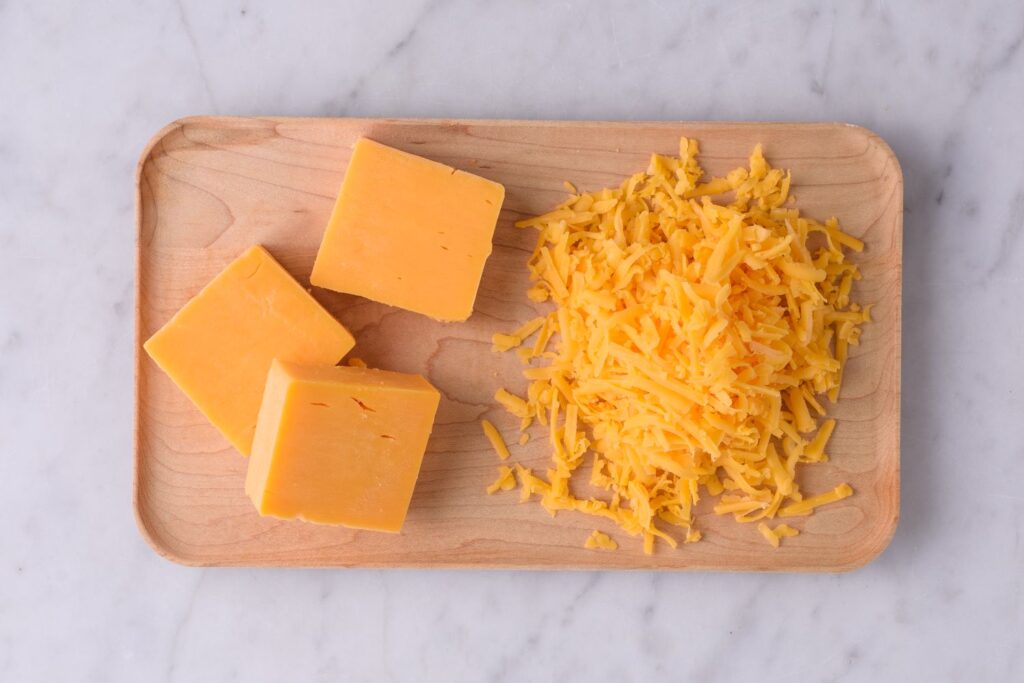
- Cheddar cheese
Cheddar cheese, renowned for its flavor and versatility, typically contains 25 grams of protein per 100 grams.
- Parmesan cheese
Parmesan cheese, a hard, aged cheese with a strong flavor and granular texture, typically contains 28 grams of protein per 100 grams.

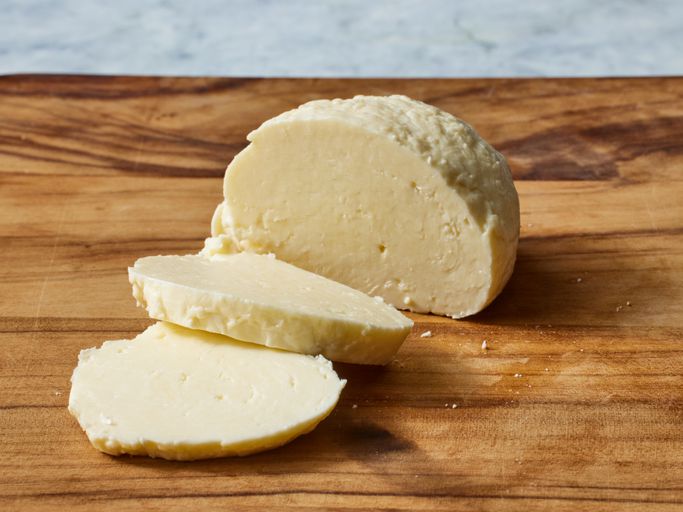
- Mozzarella cheese
Mozzarella cheese, renowned for its stretchy texture and mild flavor, typically contains 22 grams of protein per 100 grams.
- Swiss cheese
Swiss cheese, known for its distinctive holes and nutty flavor, typically contains 27 grams of protein per 100 grams.

8. Legumes

Legumes and beans are rich in protein, making them a valuable part of vegetarian, vegan, and meat-based diets. Their protein content varies but typically ranges from 15-25% of their total weight. Legumes and beans can become complete proteins when combined with complementary foods like grains or seeds, providing all the essential amino acids the body needs.
Legumes and beans are high in protein, dietary fiber, and nutrients, which are crucial for digestive health, regularity, and satiety. They promote fullness and satiety, aiding in weight management and controlling blood sugar levels.
Legumes and beans are rich in essential vitamins and minerals like iron, zinc, magnesium, folate, and potassium, crucial for overall health, energy metabolism, immune function, and bone health.
- Soybeans
Soybeans are a rich source of plant-based protein, providing approximately 36 grams of protein per cooked 1-cup serving (172 grams).


- Red lentils
Red lentils are a nutritious plant-based protein source, providing about 9 grams of protein per cooked 1/2 cup serving, equivalent to about 100 grams.
- Green lentils
Green lentils are a nutritious plant-based protein source, providing approximately 9 grams of protein per cooked 1/2 cup serving, equivalent to about 100 grams.
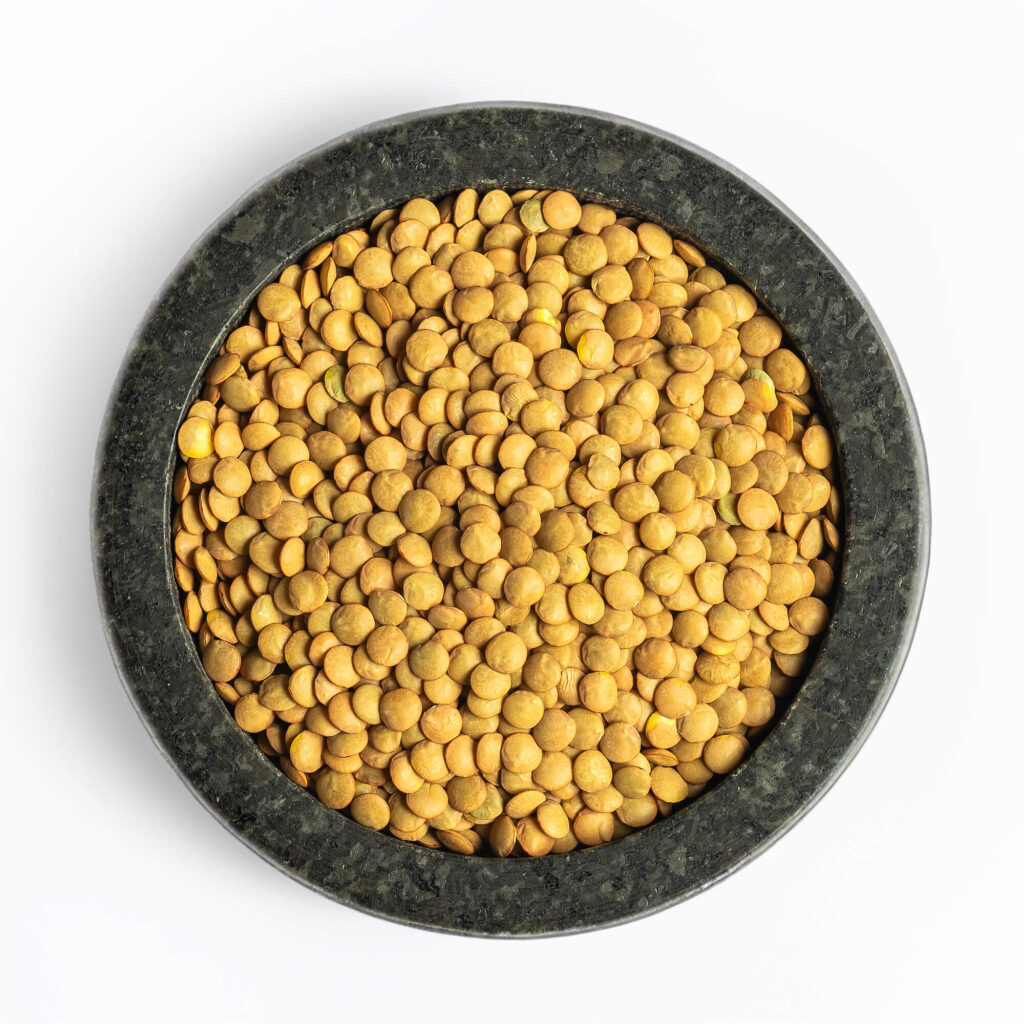

- Black beans
Black beans are a protein-rich food source, providing 7-8 grams of protein per cooked 1/2 cup serving, equivalent to about 100 grams.
- Chickpeas
Chickpeas are a rich source of plant-based protein, providing 7-8 grams of protein per cooked 1/2 cup serving, equivalent to about 100 grams.

9. Seeds

Seeds are a rich source of plant-based protein, essential for muscle repair, growth, and hormone production, and rich in omega-3 and omega-6 fatty acids for heart health and brain function. Seeds, rich in fiber and healthy fats, are beneficial for individuals with diabetes or those at risk of developing the condition due to their ability to stabilize blood sugar levels.
Seeds are rich in vitamins and minerals essential for bodily functions, including magnesium, iron, zinc, calcium, and vitamin E, which support muscle, nerve, blood glucose control, bone health, and immune function.
Seeds are rich in protein, essential for muscle building and metabolism, and dietary fiber, which promotes fullness and reduces calorie intake. They are low in carbohydrates, making them suitable for low-carb diets and weight loss.

- Hemp seeds
Hemp seeds are a rich source of plant-based protein, with a typical serving size of 3 tablespoons containing 9.5-10 grams.
- Sunflower seeds
Sunflower seeds are a rich source of plant-based protein, with an average serving size of 1 ounce (28 grams) containing 5.8 grams.

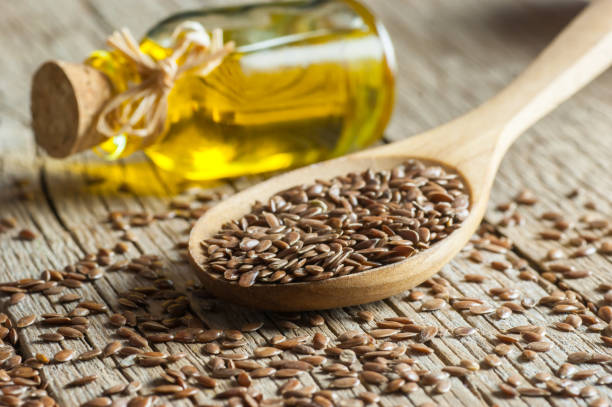
- Flaxseeds
Flaxseeds are a rich source of plant-based protein, with a typical serving size of 2 tablespoons containing around 3.0 grams.
- Fenugreek seeds
Fenugreek seeds are a rich source of protein, with approximately 2.5 grams of protein per 1 tablespoon (11 grams).
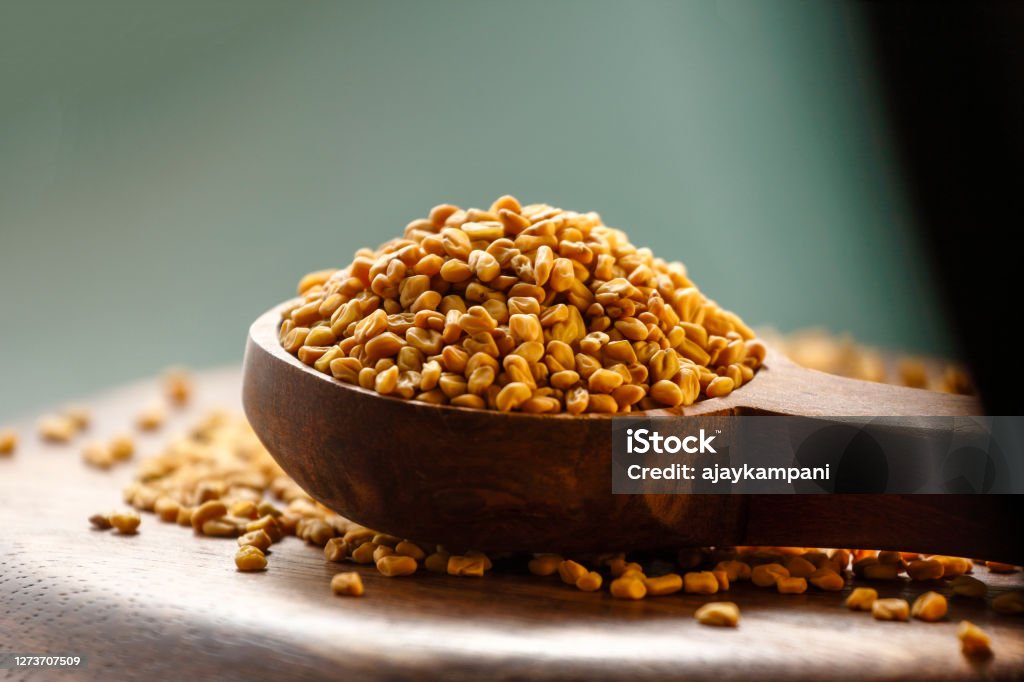

- Mustard seeds
Mustard seeds, contains 2 grams of protein per 1 tablespoon (11 grams), are rich in protein content, though the exact amount may vary depending on the variety.
10. Nuts

Nuts are a rich source of plant-based protein, essential for muscle repair, growth, and overall bodily functions, with approximate protein content per 1 ounce (28 grams). Nuts are rich in monounsaturated and polyunsaturated fats, essential for heart health, fiber, and vitamins and minerals, aiding digestion and maintaining bowel regularity.
Nuts, rich in antioxidants, have a low glycemic index, making them beneficial for individuals with diabetes and those at risk of chronic diseases.Nuts are a rich source of protein, providing fullness and reducing calorie intake. They require more energy for digestion, making small servings easy to control.
Nuts can be a part of a weight loss diet, promoting satiety and providing essential nutrients. They can be consumed in moderation and can be used in snacking, trail mixes, salads, and nut butters for added crunch and protein.

- Peanuts
Peanuts are a rich source of protein and essential nutrients, providing numerous health benefits with around 25-26 grams of protein per 100 grams.
- Almonds
Almonds are a nutritious nut with a high protein content, with approximately 21 grams of protein per 100 grams.


- Pistachios
Pistachios are a high-protein nut, with an average serving of 1-ounce (28 grams) containing approximately 6 grams of protein.
- Cashews
Cashews, despite being less protein-rich than other nuts, still contribute to your daily protein intake with approximately 5 grams per 1 ounce serving.
